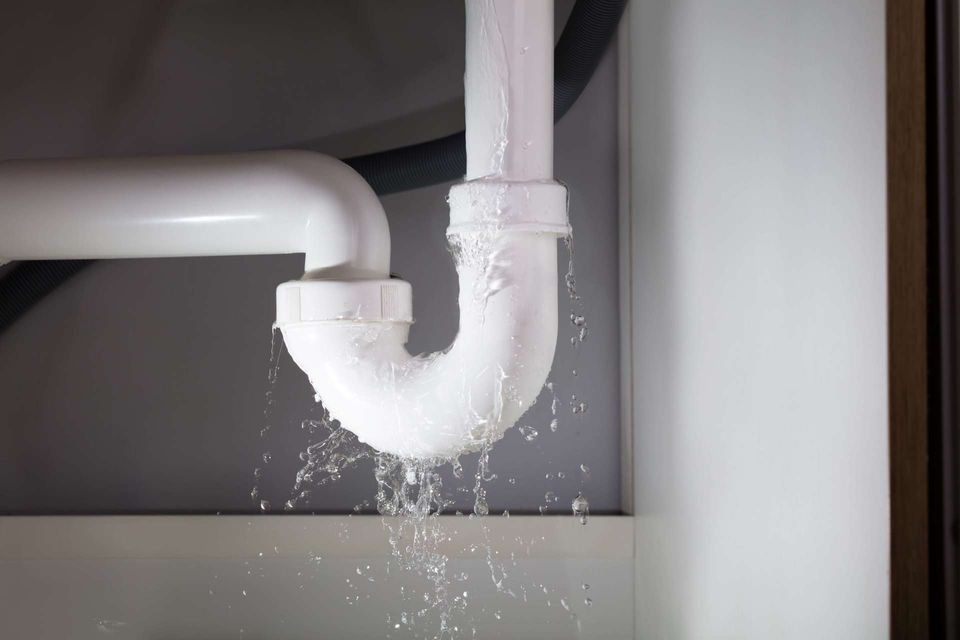What're your thoughts on Finding hidden leaks?

Early discovery of dripping water lines can alleviate a prospective catastrophe. Apart from conserving you cash, it will lessen the stress as well as stress. The moment you locate a leak, calling your plumber for repairs is the best solution. Some little water leaks may not be noticeable. If you can not find it with your naked eyes, below are some hacks that help.
1. Check Out the Water Meter
Every home has a water meter. Inspecting it is a surefire manner in which helps you find leaks. For starters, shut off all the water resources. Make sure no one will flush, use the tap, shower, run the washing machine or dishwashing machine. From there, go to the meter and watch if it will alter. Considering that nobody is using it, there must be no activities. That suggests a fast-moving leakage if it relocates. If you spot no changes, wait an hour or two as well as inspect back once again. This suggests you might have a slow-moving leak that might also be underground.
2. Examine Water Intake
If you identify abrupt modifications, regardless of your consumption being the very same, it suggests that you have leaks in your plumbing system. A sudden spike in your bill shows a fast-moving leakage.
A constant rise every month, also with the same habits, reveals you have a sluggish leakage that's also gradually intensifying. Call a plumber to extensively examine your building, particularly if you feel a cozy area on your flooring with piping underneath.
3. Do a Food Coloring Test
When it comes to water consumption, 30% comes from commodes. If the shade in some way infiltrates your dish during that time without flushing, there's a leakage in between the container as well as bowl.
4. Asses Exterior Lines
Don't forget to inspect your outdoor water lines too. Should water leak out of the connection, you have a loose rubber gasket. One little leak can waste lots of water as well as surge your water costs.
5. Examine as well as Assess the Scenario
Home owners should make it a practice to examine under the sink counters as well as also inside cabinets for any type of bad odor or mold and mildew development. These two red flags suggest a leakage so punctual attention is needed. Doing routine inspections, even bi-annually, can save you from a major issue.
Examine for stainings and also damaging as a lot of pipes and also home appliances have a life expectancy. If you think dripping water lines in your plumbing system, don't wait for it to escalate.
Early detection of dripping water lines can reduce a potential catastrophe. Some little water leakages might not be visible. Checking it is a guaranteed way that helps you uncover leakages. One small leak can throw away tons of water and surge your water expense.
If you presume leaking water lines in your plumbing system, do not wait for it to escalate.
WARNING SIGNS OF WATER LEAKAGE BEHIND THE WALL
PERSISTENT MUSTY ODORS
As water slowly drips from a leaky pipe inside the wall, flooring and sheetrock stay damp and develop an odor similar to wet cardboard. It generates a musty smell that can help you find hidden leaks.
MOLD IN UNUSUAL AREAS
Mold usually grows in wet areas like kitchens, baths and laundry rooms. If you spot the stuff on walls or baseboards in other rooms of the house, it’s a good indicator of undetected water leaks.
STAINS THAT GROW
When mold thrives around a leaky pipe, it sometimes takes hold on the inside surface of the affected wall. A growing stain on otherwise clean sheetrock is often your sign of a hidden plumbing problem.
PEELING OR BUBBLING WALLPAPER / PAINT
This clue is easy to miss in rooms that don’t get much use. When you see wallpaper separating along seams or paint bubbling or flaking off the wall, blame sheetrock that stays wet because of an undetected leak.
BUCKLED CEILINGS AND STAINED FLOORS
If ceilings or floors in bathrooms, kitchens or laundry areas develop structural problems, don’t rule out constant damp inside the walls. Wet sheetrock can affect adjacent framing, flooring and ceilings.
https://www.servicemasterbyzaba.com/blog/how-to-detect-water-leakage-in-walls/

Hopefully you enjoyed reading our section about Finding hidden leaks. Thank you so much for taking the time to read our piece of content. Sharing is good. You just don't know, you may very well be helping someone out. We recognize the value of reading our article about Leaking water lines.